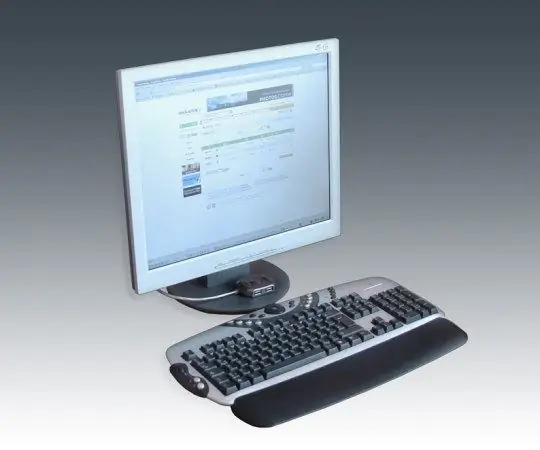- Author Lauren Nevill [email protected].
- Public 2023-12-16 18:48.
- Last modified 2025-01-23 15:15.
The context menu is an integral part of the graphical interface of the program used. This menu, as a rule, opens by pressing the right mouse button; the user usually does not have the ability to enable or disable it. However, Windows users have the option to add new items to the context menu.

Necessary
- - computer;
- - registry editor
Instructions
Step 1
Please note that adding additional items to the context menu improves the usability of the operating system. For example, you can add items from the "Control Panel" or the programs you use most often to it. In this case, to open the desired program, you will just need to right-click on the desktop and select the desired line.
Step 2
Look at the information about the lines of the context menu in the system registry. To open it, type regedit in the command line ("Start - Run") and click OK. Then find the HKEY_CLASSES_ROOTDesktopBackgroundShell section. Now you can add information about the new menu item - for example, let it be the standard Windows Notepad.
Step 3
Select the Shell section with the mouse, then right-click it and select "Create - New Section". A new section line will appear, change its name to Notepad. Click the created section with the right mouse button and select "New - String parameter". A new line will appear on the right side of the editor window, name it MUIVerb. Double-click this line with the mouse, enter in the "Value" field the name of the new menu line - "Notepad".
Step 4
Make sure that the menu line has been created by right-clicking on an empty spot on the desktop - the “Notepad” line appears in the context menu. But when you click on it, an error message will appear, since this line has not yet been associated with a command to start the program.
Step 5
In the Registry Editor, right-click the Notepad section and select New - Section. Name the created section Command. In the right part of the window, double-click the "Default" line and enter the notepad.exe command into the "Value" line. There should not be a dot at the end.
Step 6
Close the editor, click anywhere on the desktop - there is an item "Notepad" in the context menu. Select it, a text editor will open. In the same way, you can add launch of any programs to the menu. But in the event that the added program is not in the Windows directory, you will have to enter the full path to it in the Command section, in the "Value" line.






